My mother used to say, “Patience is a virtue, possess it if you can. Seldom in a woman but never in a man”. Regardless, of whether you are male or female, if you are going to be a wildlife photographer, you will need to be patient. Patience is the silent companion of every wildlife photographer, a virtue that transforms a mere observer into a storyteller. In this blog, we will explore the profound importance of patience in wildlife photography, shedding light on how it shapes the photographer’s mindset, enhances the quality of images, and fosters a deeper connection with the natural world.
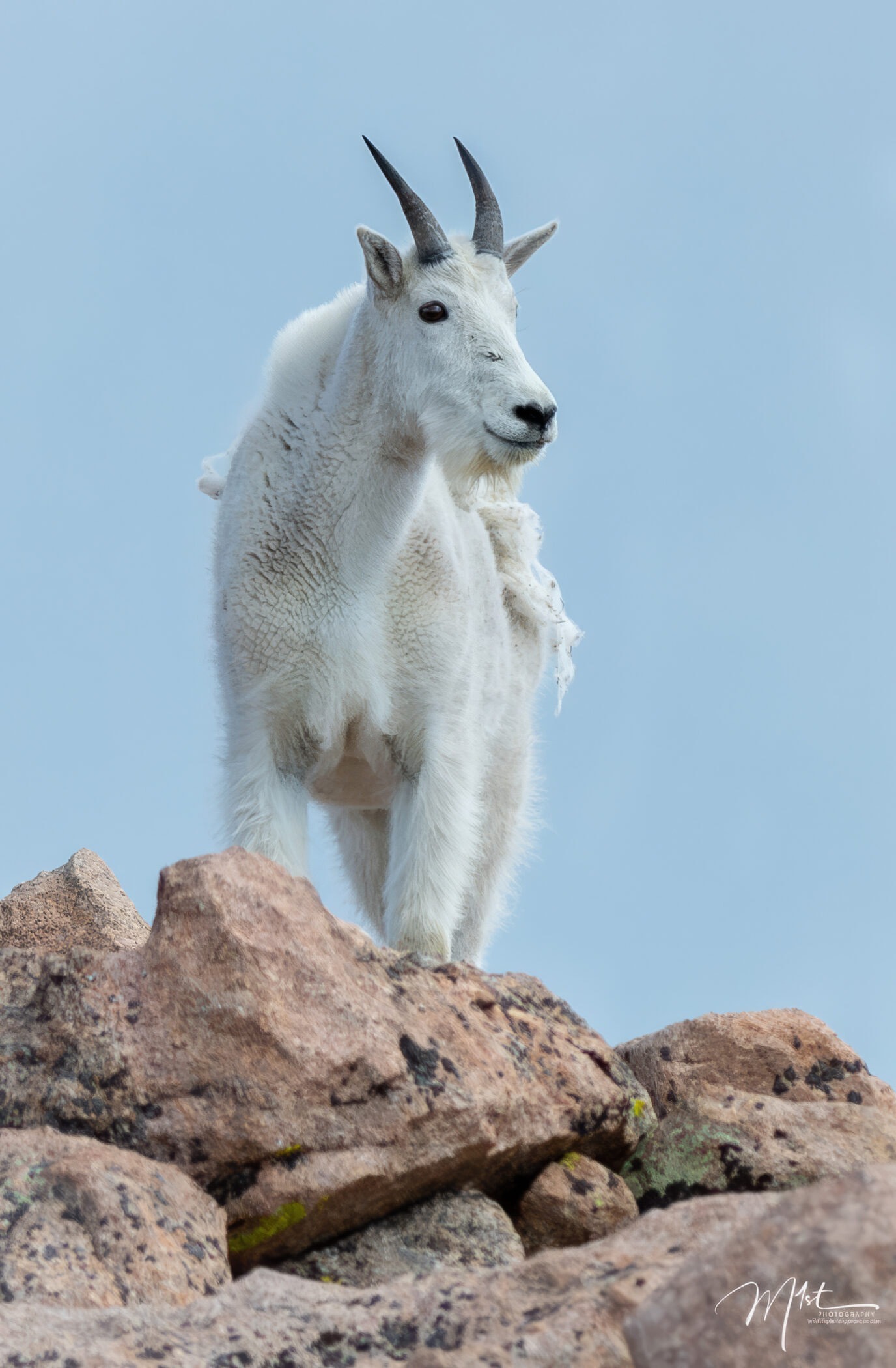
Patience is defined as a virtue and a personal characteristic that involves the capacity to endure or tolerate difficult situations, adversity, or delays without exhibiting frustration, anxiety, or restlessness. It is the ability to remain calm and composed in the face of challenges, setbacks, or circumstances that demand prolonged waiting or perseverance. Patience goes beyond mere tolerance; it encompasses a positive and understanding attitude, allowing individuals to navigate through uncertainties and setbacks with resilience, self-control, and a steadfast commitment to achieving their goals. In various contexts, patience is often associated with a calm and measured approach to challenges, emphasizing the importance of persistence and the recognition that some processes take time to unfold.
Wild animals operate on their own schedules, oblivious to the desires of a waiting photographer. In the wild, one cannot dictate a subject’s actions or command it to pose for the perfect shot. The unpredictable nature of wildlife requires photographers to embrace patience as an essential tool in their arsenal. Whether waiting for a rare species to emerge from its hiding place or capturing a specific behavior, patience is the bridge between the photographer and the elusive moments that define wildlife photography.
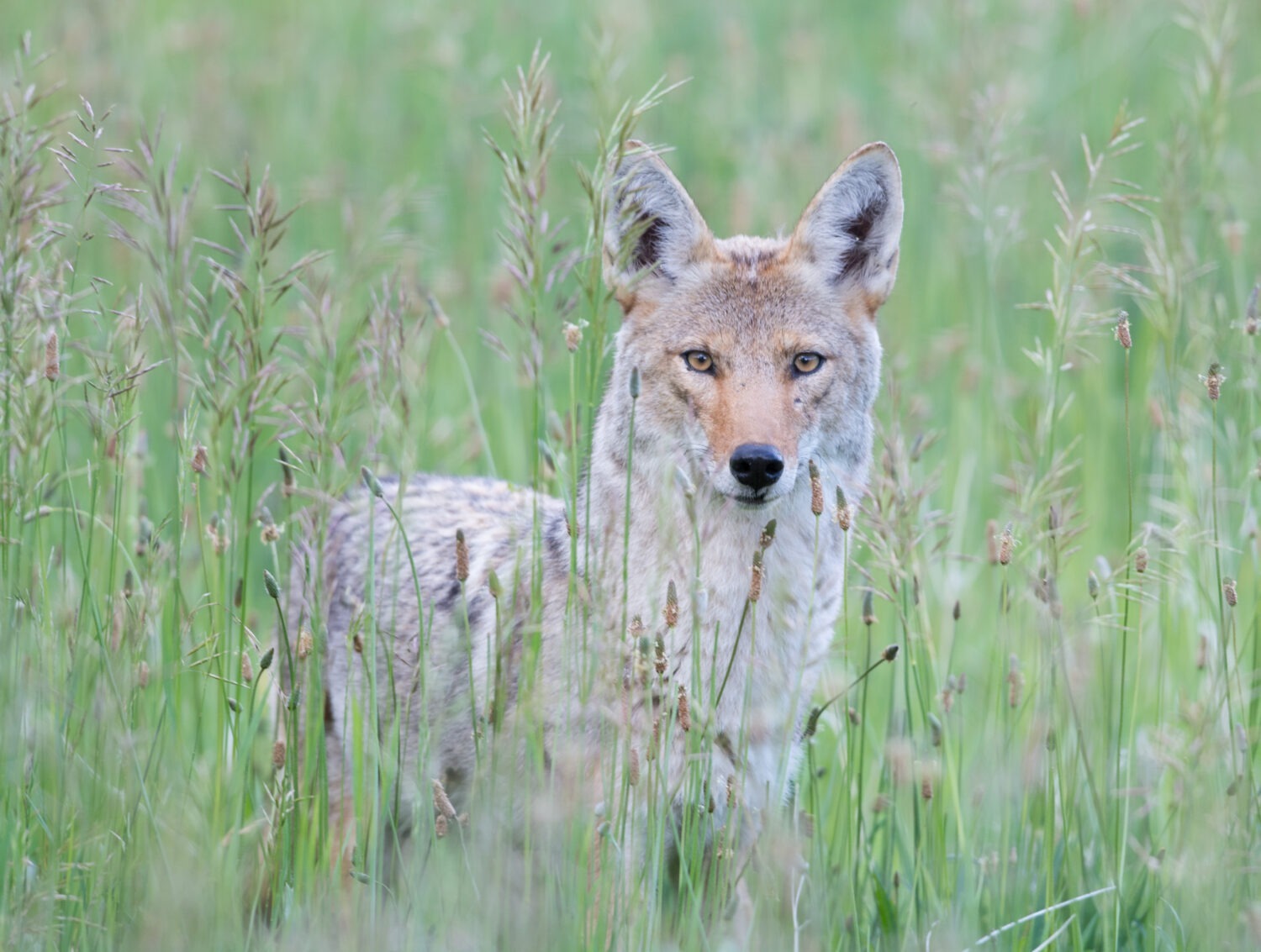
In wildlife photography, patience is often synonymous with waiting. A photographer may spend hours, if not days, waiting for the perfect moment to unfold. Whether it’s a bird taking flight, a predator stalking its prey, or a herd of animals crossing a river, the wait for these decisive moments requires a zen-like patience. However, it is during these extended periods of observation that photographers hone their skills, sharpen their instincts, and develop the ability to recognize and seize fleeting opportunities.
However, patience is not merely the act of waiting; it is an active engagement with the environment. Successful wildlife photographers invest time in understanding the behavior of their subjects. This understanding comes from patient observation, where the photographer learns to anticipate the movements, habits, and interactions of the wildlife. The more patient a photographer is, the more they become attuned to the subtle nuances of the animal kingdom, gaining insights that lead to more authentic and compelling photographs.
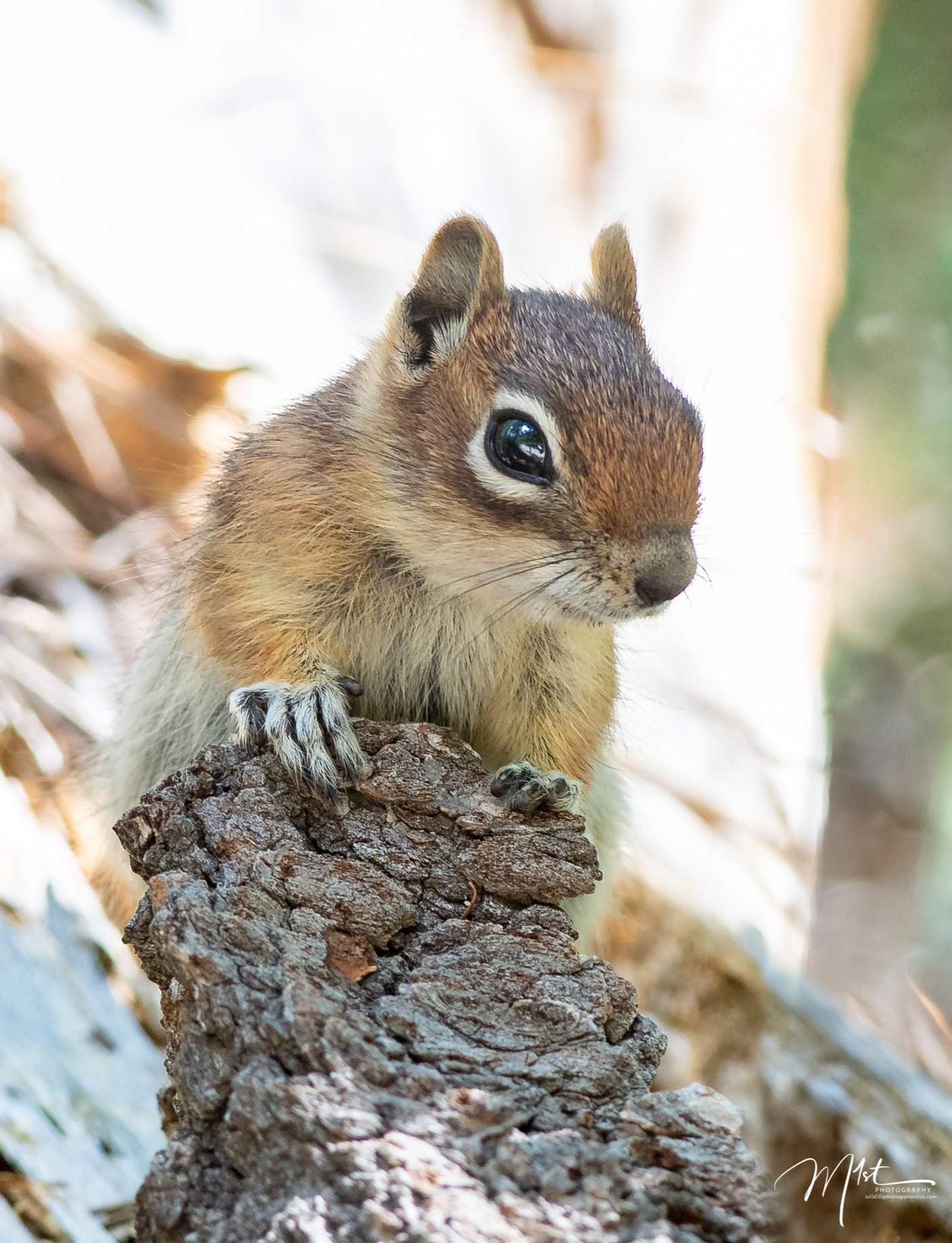
Patience is a virtue that extends beyond the temporal realm; it also involves blending into the surroundings. The ability to remain inconspicuous allows photographers to capture images of wildlife in their most natural state. This involves choosing the right gear, adopting a low profile, and moving stealthily to avoid disturbing the subjects. Through patience, a photographer becomes an unobtrusive observer, ensuring that the wildlife’s behavior remains undisturbed, resulting in images that reflect the true essence of the natural world.
Patience is not merely a test of endurance; it significantly influences the technical aspects of photography, ultimately elevating the quality of the images captured. Waiting for optimal lighting conditions, choosing the right angles, and allowing the wildlife to acclimate to the presence of the photographer all contribute to creating images that are not just records but visual narratives. The interplay of light and shadow, the authenticity of the subject’s behavior, and the dynamic composition – all of these elements are enhanced when a photographer exercises patience.
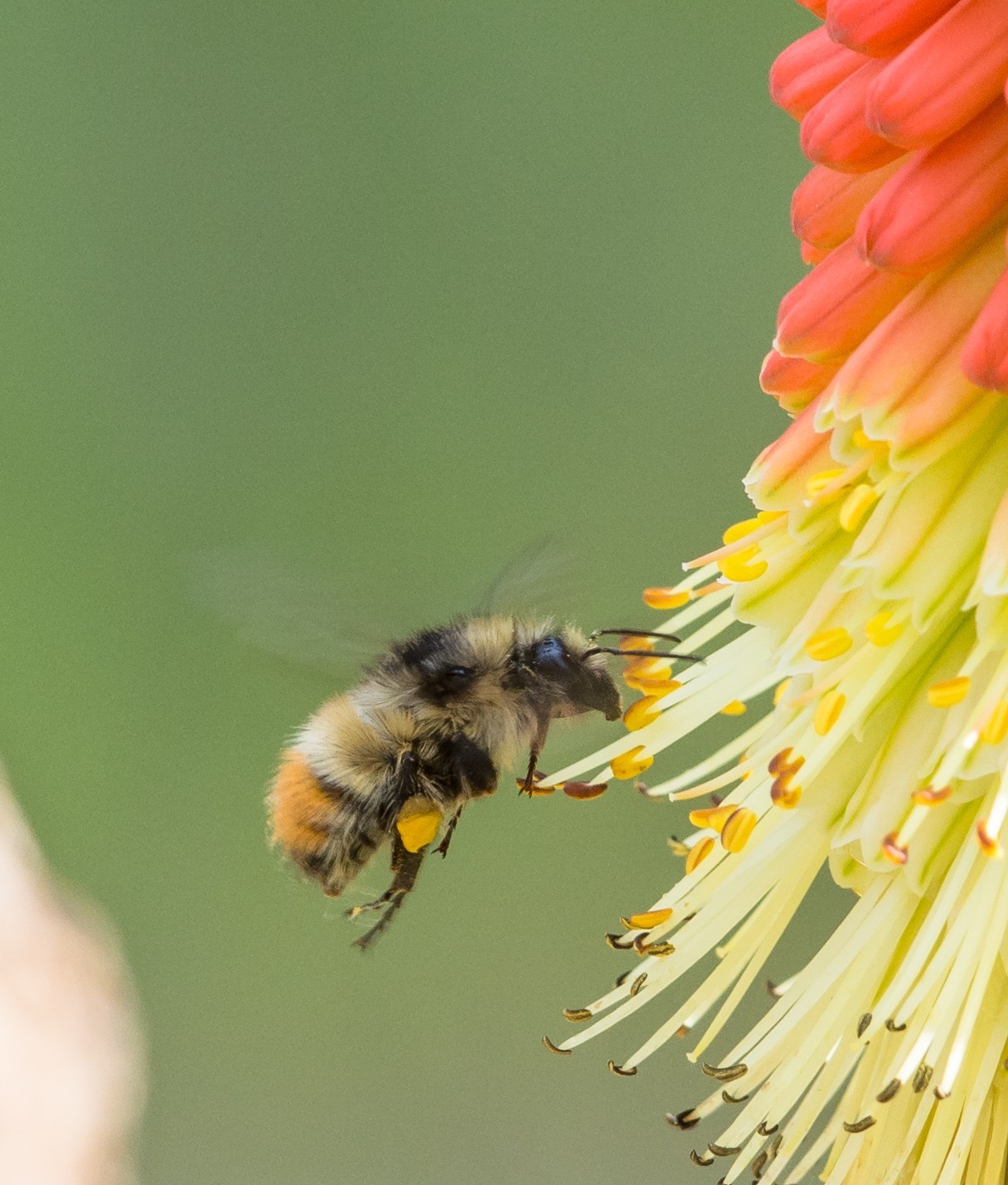
Wildlife photography is an art of serendipity, where the unexpected often leads to the most extraordinary captures. Patience allows photographers to embrace the element of surprise, welcoming the unforeseen and adapting to sudden changes in the environment. Whether it’s an unanticipated interaction between animals or a unique atmospheric condition, the patient photographer is better equipped to pivot and seize these unplanned opportunities, resulting in images that convey the raw and unscripted beauty of the natural world.
Patience in wildlife photography is not just a technique; it is a philosophy that fosters a deep connection with nature. Spending extended periods in the wild, waiting for the perfect shot, immerses photographers in the natural rhythms of the environment. This connection goes beyond the lens, instilling a profound appreciation for the delicate balance of ecosystems and the intricate relationships between different species. Through patience, photographers become not just documentarians but advocates for the preservation and conservation of the habitats they explore.
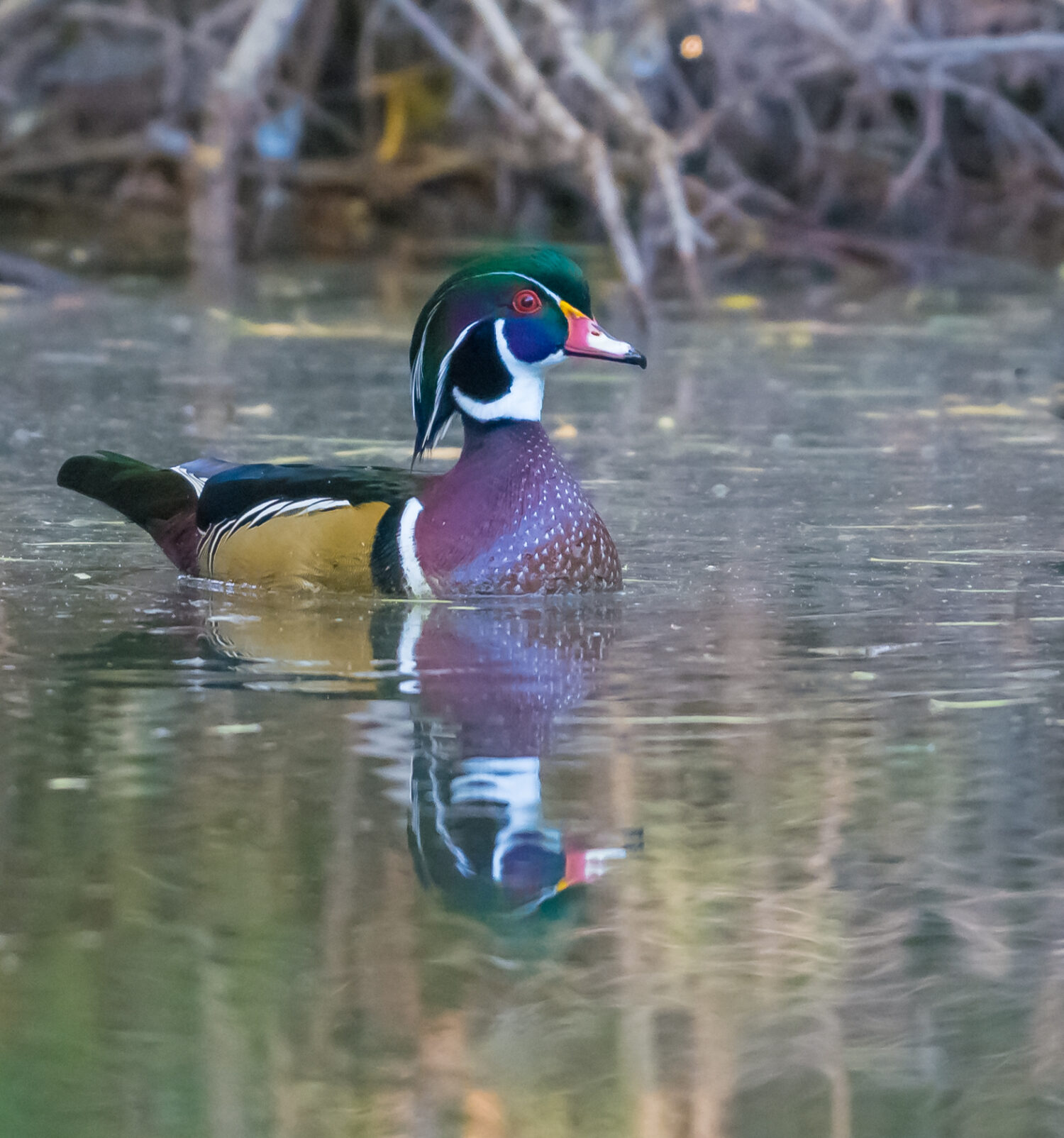
Patience is not only an external practice but also an internal journey for the wildlife photographer. It requires mental fortitude, the ability to remain calm in the face of uncertainty, and the resilience to endure discomfort. The act of waiting becomes a meditation, a process of self-discovery, where the photographer learns to be present in the moment and attuned to the subtle details of the environment. This mental discipline not only enhances the photographic process but also transforms the photographer, fostering a sense of mindfulness and a deeper connection with the natural world.
For a wildlife photographer, patience is a crucial skill that can greatly enhance the quality of their work. There are some specific strategies that wildlife photographers can employ to improve their ability to be patient.
- Deepen your understanding of the wildlife you’re photographing. Learn about their habits, routines, and preferred environments. This knowledge will help you anticipate their movements and be more patient when waiting for specific behaviors.
- Set up your equipment in a way that allows you to remain comfortable for extended periods. This might include using a camouflage blind, having a comfortable chair, or using weather-resistant gear to protect yourself from the elements.
- Shift your focus from solely capturing the perfect shot to enjoying the entire process of wildlife photography.
- Embrace the waiting as an opportunity to immerse yourself in nature, observe the surroundings, and appreciate the beauty of the wildlife.
- Train yourself to be a keen observer. Notice subtle changes in the environment, the behavior of other animals, and variations in lighting. Developing a heightened sense of awareness will make the waiting more engaging.
- Instead of expecting every outing to result in a portfolio-worthy shot, set realistic goals for each session. This could be observing specific behaviors, experimenting with different compositions, or simply enjoying the experience of being in nature.
- Cultivate patience in your daily life, not just in the context of photography. Engaging in activities that require patience, such as gardening or birdwatching, can contribute to developing a more patient mindset overall.
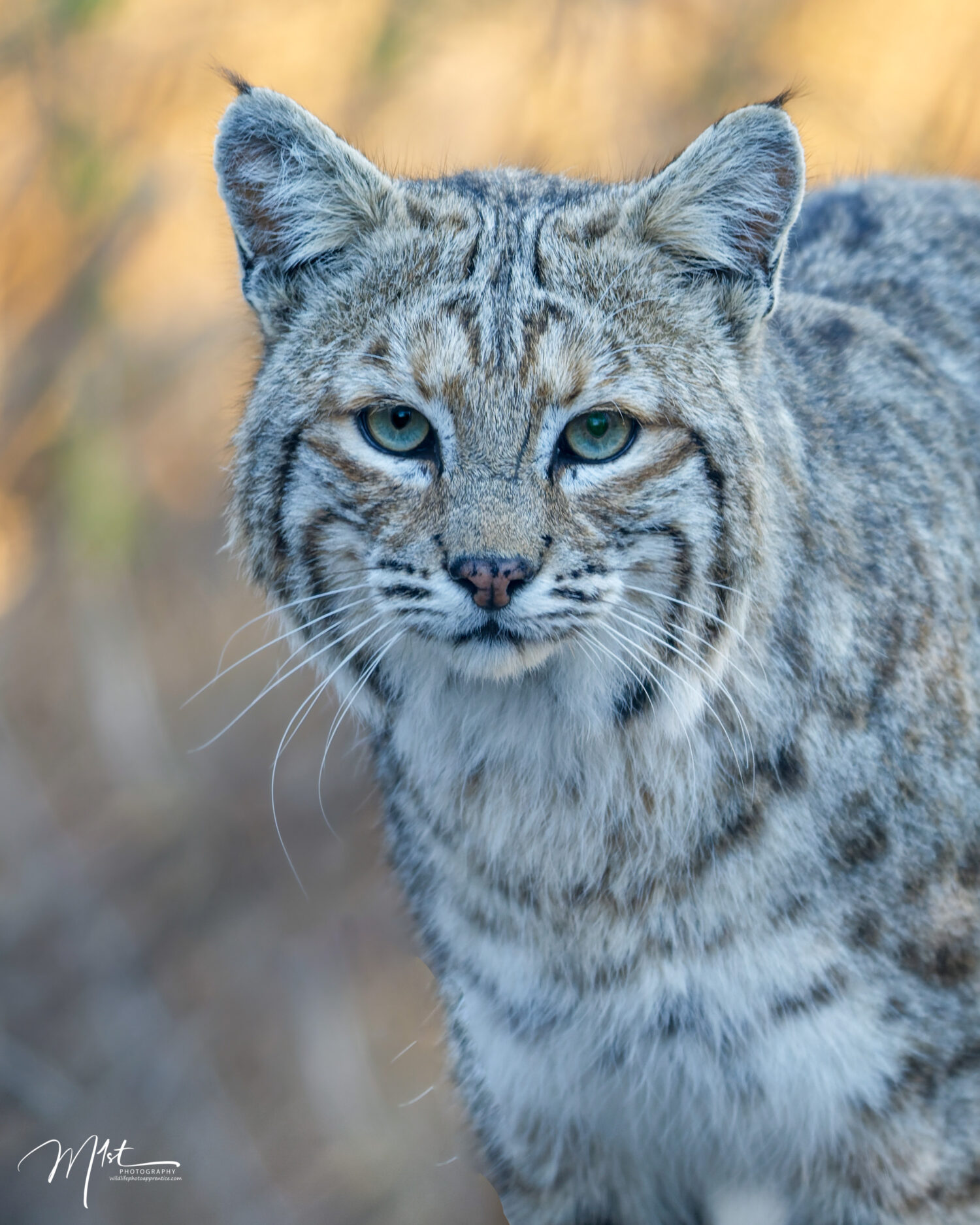
By combining these strategies and approaching wildlife photography with a mindset that values the process as much as the outcome, a photographer can not only improve their ability to be patient but also enhance the overall quality and authenticity of their work.
In the realm of wildlife photography, patience is not a virtue reserved for the select few; it is an indispensable ally for anyone seeking to capture the essence of the wild. It is the thread that weaves together the stories of the natural world, allowing photographers to transcend the role of mere spectators and become storytellers. Through patience, photographers gain not only exceptional images but also a profound understanding of the delicate tapestry of life that unfolds in the wilderness. As the shutter clicks and the images come to life, the silent virtue of patience stands as a testament to the enduring bond between the photographer and the untamed beauty of the wild.
